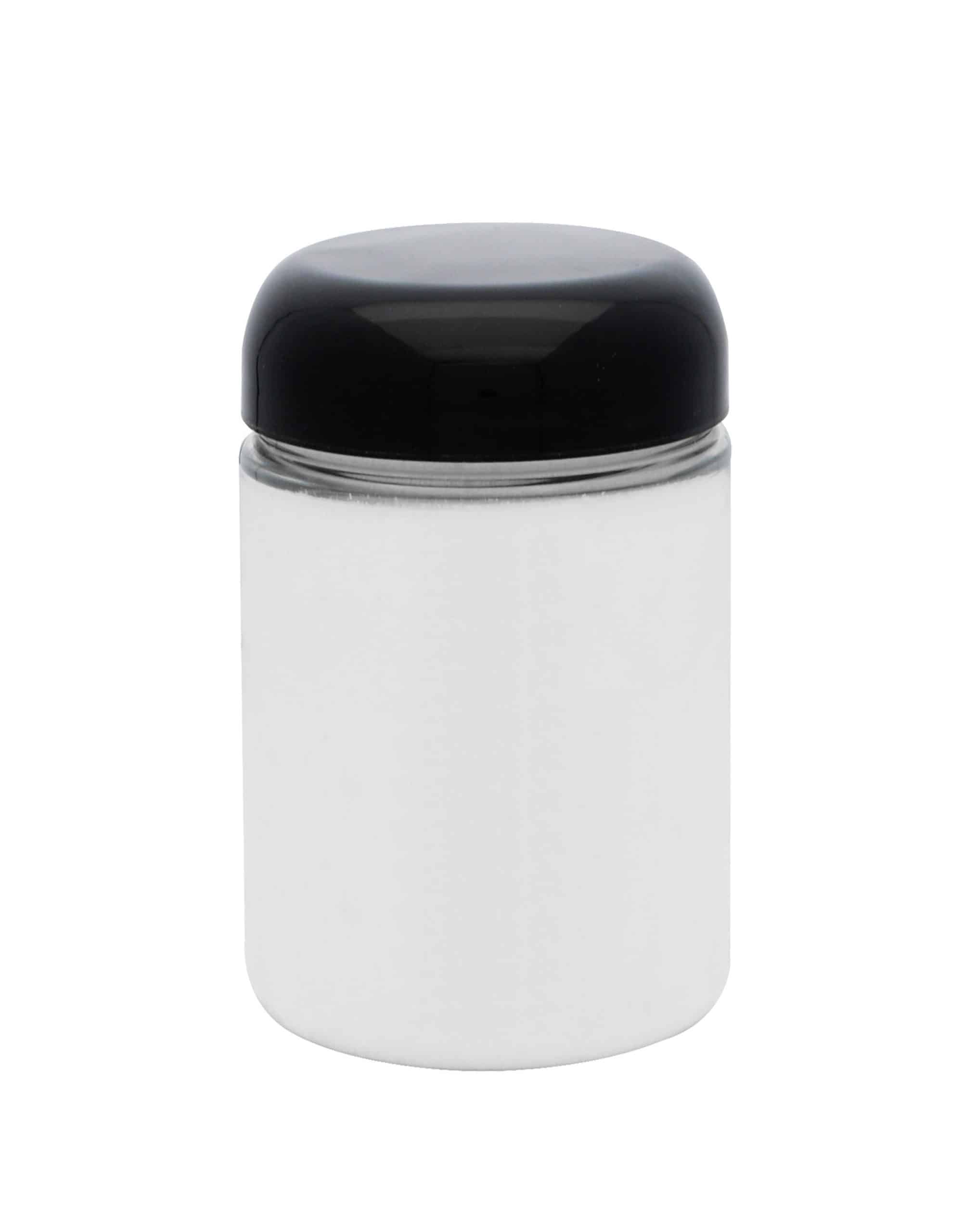As a homeowner in the UK, you may be looking for ways to reduce your energy bills and create a more eco-friendly home. One of the most effective ways to do this is to optimize the layout of your property for maximum solar gain. This essentially means designing your home to capture and utilise the sun’s energy to the best of its potential. This approach not only reduces energy costs but also plays a significant role in reducing the carbon footprint of your home.
Let’s see how you can adopt this eco-friendly initiative with a few key design considerations.
Lire également : What Are the Challenges of Building Sustainable Housing in Cold UK Climates?
1. Strategic Building Design
Before starting to build your house, it’s important to plan the design of your property effectively. Ideally, the main part of the living area should face south to take the most advantage of the sun.
Most traditional homes in the UK are not designed with solar gain in mind, which means these homes often have inefficient energy use. With careful planning, you can ensure your home is not only aesthetically pleasing but also environmentally friendly and energy-efficient.
Dans le meme genre : What Are the Financial Benefits of Installing Large-Scale Solar Systems in Commercial Properties?
Incorporate large, south-facing windows and doors into your design. These will allow maximum sunlight to infiltrate your home, causing a natural greenhouse effect. This is an excellent way to heat your homes without relying excessively on artificial heating systems. Remember that windows are not just about letting light in; they also need to be well-insulated to prevent heat loss.
2. Incorporation of Solar Panels
Solar panels are a fantastic way to harness the sun’s power for your property. They convert sunlight into electricity, which you can use to power your house, reducing your dependency on the grid.
When installing solar panels, it’s crucial to consider their positioning for maximum efficiency. The roof is generally the preferred location for solar panels, as it often has the most exposure to the sun. For UK homes, south-facing roofs are ideal for panel installation, as they receive the most sunlight throughout the day.
3. Thermal Insulation
Thermal insulation is a crucial factor in optimizing a property for solar gain. It helps maintain a comfortable temperature in the house, as it prevents heat from escaping during the winter and blocks heat from entering during the summer.
Insulation can be easily incorporated into the walls, roof, and floors of your house during the build phase. However, if you are looking to retrofit your existing home, there are numerous options available too, such as cavity wall insulation or loft insulation.
Take note that insulation should be paired with adequate ventilation to prevent issues like condensation and dampness.
4. Eco-Conversions
If you’re not in the process of designing a new home but want to make your existing home more energy-efficient, consider an eco-conversion. Eco-conversions are modifications made to an existing property to enhance its environmental friendliness and energy efficiency.
This could include installing solar panels, improving insulation, or replacing old, draughty windows with efficient, double-glazed ones. You could also consider including south-facing conservatories, which can act as sun traps and provide a more energy-efficient way to heat your home.
5. Utilizing Passive Solar Design
Passive solar design takes advantage of natural energy sources without relying on mechanical systems or active solar technology. This design strategy incorporates building components such as windows, walls, and floors in order to absorb, store, and distribute solar energy in the form of heat in the winter and reject it in the summer.
For instance, thermal mass, like concrete or stone, can store heat during the day and slowly release it at night, maintaining a steady temperature in the house. Similarly, deciduous trees can provide shade in the summer and let sunlight in during the winter when they shed their leaves.
Remember, every small step you take towards incorporating solar energy and maximizing its gain contributes to creating not just a more energy-efficient home for yourself, but also a healthier planet for everyone.
6. The Role of Renewable Energy Systems
While the primary focus is on optimising your property for solar gain, incorporating other renewable energy systems can complement and enhance your efforts. Devices such as heat pumps, wind turbines, or biomass boilers can provide additional sources of energy and help to achieve a well-rounded, energy-efficient home.
Heat pumps, for instance, extract heat from the ground or air and use it to warm your home, while wind turbines generate electricity from the wind. Biomass boilers, on the other hand, utilise plant-based materials to produce heat and power. By installing renewables, you can achieve a low energy house that takes full advantage of the natural elements for heating and electricity.
Furthermore, consider incorporating thermal mass into your house plans. Elements like concrete, bricks, or stone can absorb heat during the day and slowly release it at night, thereby maintaining a stable temperature indoors.
Remember that the design and installation of renewable energy systems need careful planning. It’s essential to consider the cost to build and the return on investment. However, in the long run, these systems can significantly reduce your energy bills and carbon footprint.
7. Understanding the Importance of House Orientation
House orientation plays a pivotal role in maximising solar gain. A well-oriented home is designed with the majority of windows and the longest side of the house facing south. This orientation allows the house to receive the most sunlight throughout the day, thereby increasing the effectiveness of your solar panels and passive solar design strategies.
A south-facing home also takes advantage of the sun’s path. In the UK, the sun is lower in the sky during the winter, which means it can enter your home through the windows and provide natural heating. In contrast, during the summer when the sun is higher in the sky, a well-designed overhang can shade your windows and help keep your home cool.
Designing your house with a south-facing orientation can, therefore, maximise your home’s exposure to sunlight and significantly increase its energy efficiency.
Conclusion
Embracing solar energy and optimising your property layout for maximum solar gain is not just beneficial for you but also for the environment. The strategies outlined in this guide provide a comprehensive approach to creating an energy-efficient home that harnesses the power of the sun.
From strategic building design, incorporating solar panels, ensuring effective thermal insulation, undertaking eco-conversions to utilising passive solar design and other renewable energy systems, and understanding the importance of house orientation — every step helps in reducing your carbon footprint and contributes to creating a healthier planet.
Solar energy is the future of housing in the UK and around the world. By taking these steps, you can join the movement towards a more sustainable, energy-efficient future. Whether you’re designing a new home or retrofitting an existing one, remember that each small step you take brings us closer to a better, greener world.








